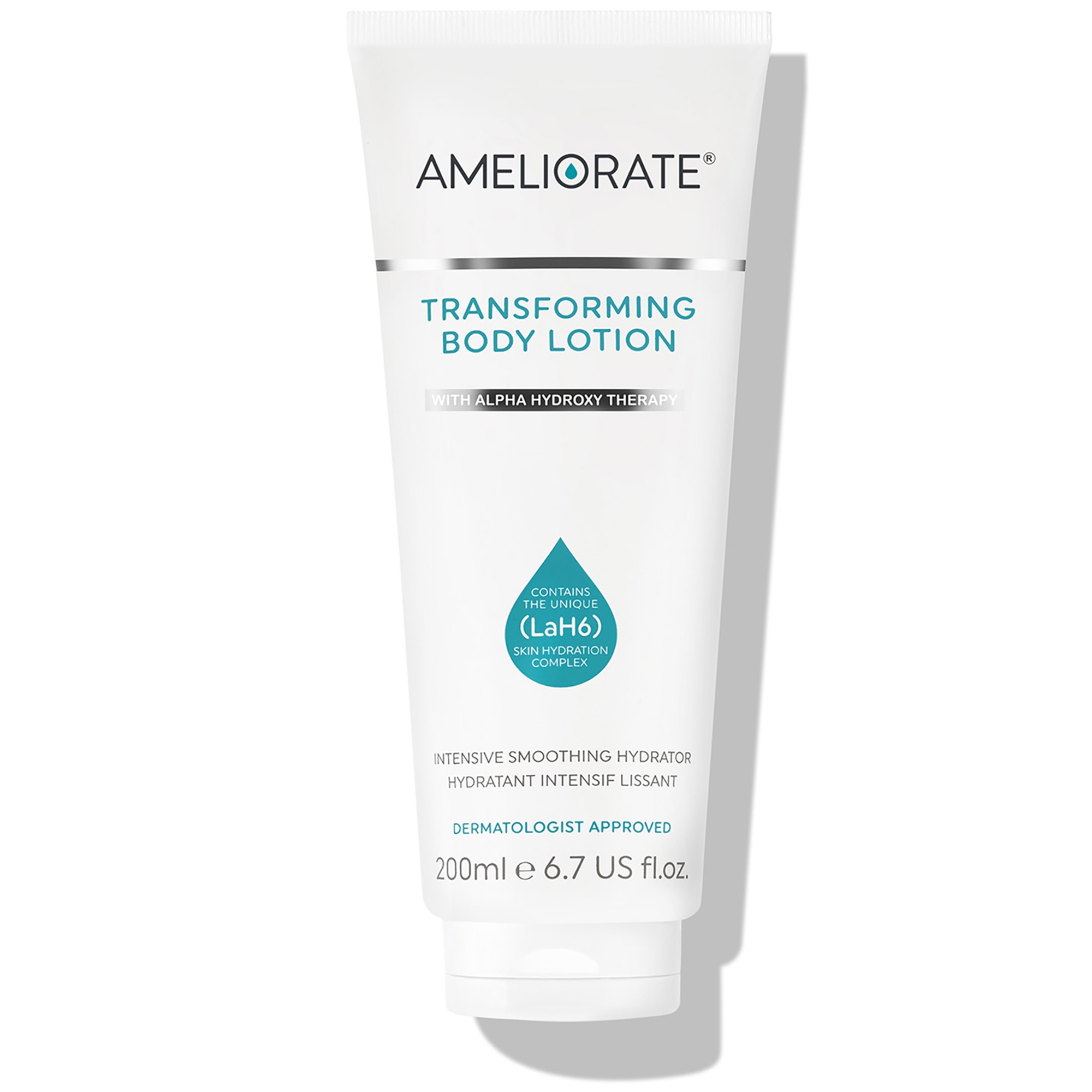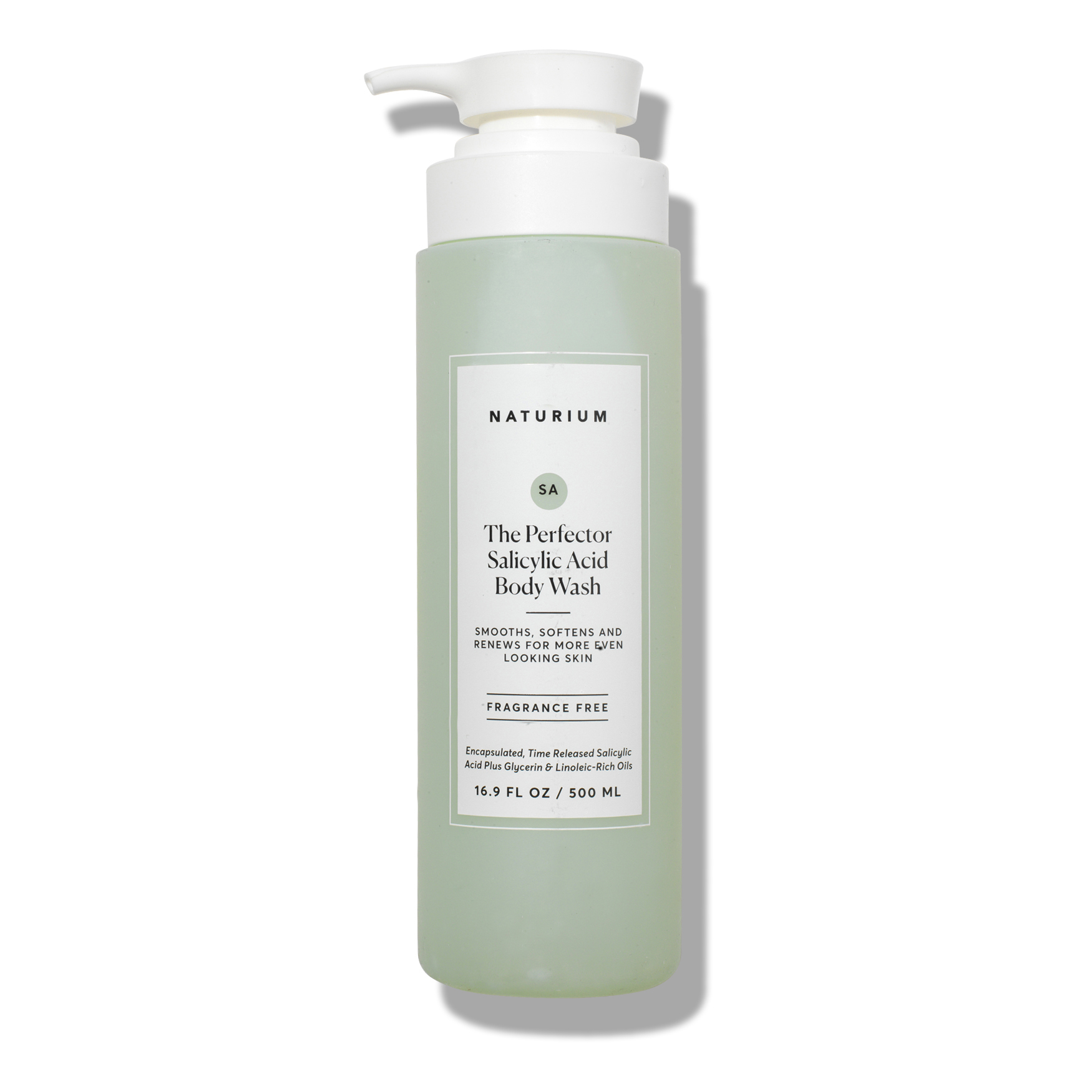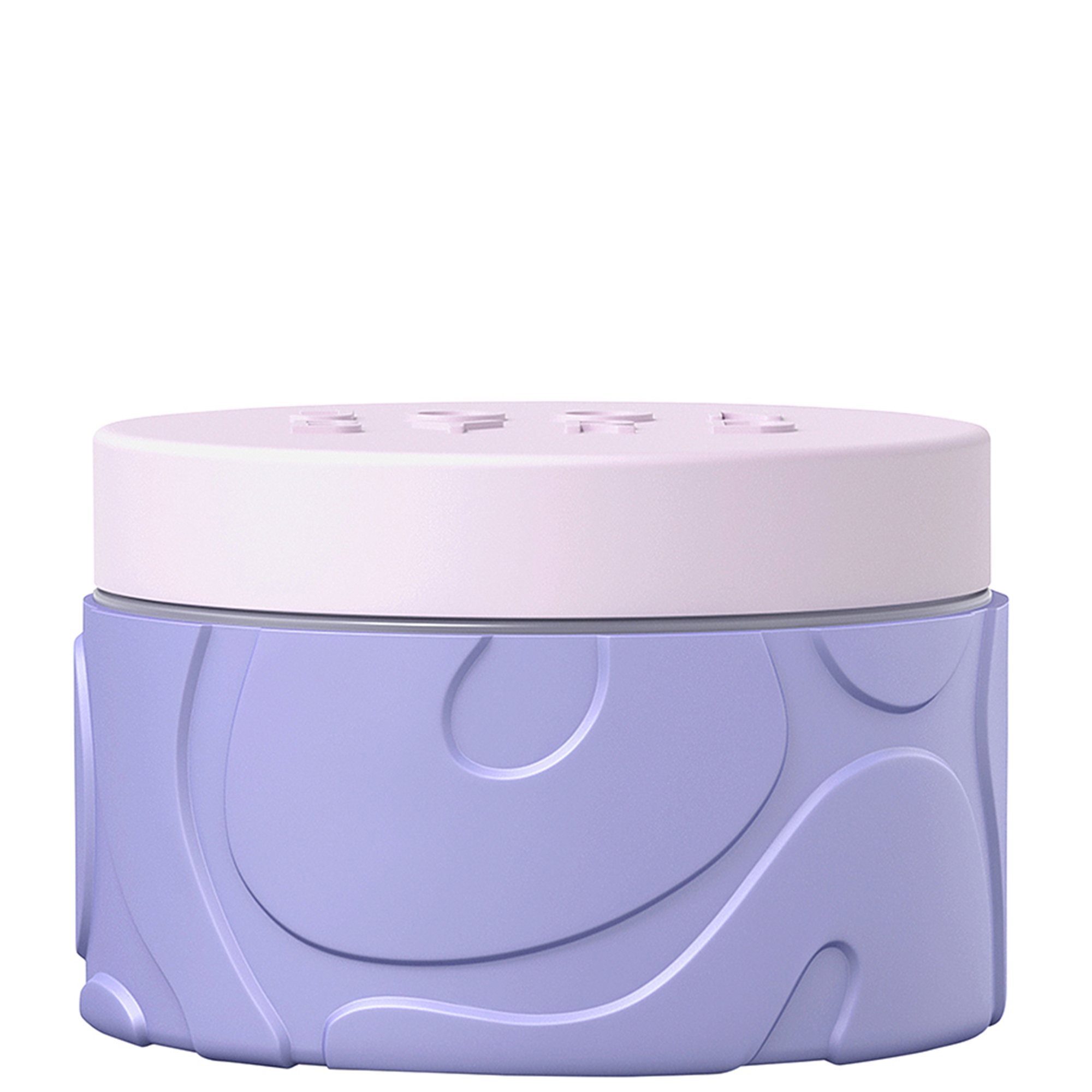I Went on a Sunny Holiday, and Returned With Hyperpigmentation Down My Arms—Here’s How I Treated It in Just a Few Weeks
Body hyperpigmentation is very common, but treatable


I am diligent about sunscreen—I don't go a day without applying SPF 50+, come rain or shine, and whether I'm indoors or outdoors. However, over the past few years, I've been noticing some worrying signs of sun damage. Now, I am partial to a sunny beach holiday (ideally in 30-degree weather, somewhere along the Mediterranean or Ionian sea), and while I am diligent with my SPF re-application, I noticed some small brown patches of pigmentation appearing on the tops of my arms, so what was going on?
I turned to Dr Alexis Granite—consultant dermatologist and founder of Joonbyrd—to find out more. Not only did I discover that it is incredibly common, but that it is treatable, especially if you get to it quickly. In fact, I'm pleased to report that after a few weeks of following her advice that I've seen a distinct reduction in the pigmentation; it's not completely gone, but it's fading. Ahead, Dr Granite's words of wisdom.
What are the signs of body hyperpigmentation?
Hyperpigmentation, especially on the limbs, occurs when the skin produces excess pigment (melanin), which appears as darker brown, tan, grey, red or purplish spots or patches, explains Dr Granite. But in my case, which is primarily on the tops of my arms, she adds that here, it often "shows up as sunspots or freckles in sun-exposed areas or as darker flat marks following inflammation such as eczema or acne."
What are the different types of body hyperpigmentation?
After you've identified it, it's essential to distinguish between the various types of body hyperpigmentation to treat it effectively. Dr Granite explains that it can come in several forms. There are freckles (ephelides), sun spots (solar lentigines) and so-called “liver spots” (seborrhoeic keratoses), all of which are common on sun-exposed skin. "Melasma tends to form larger, more irregular patches and is often hormone-driven, whereas post-inflammatory hyperpigmentation (PIH) follows trauma to the skin—anything from acne to insect bites or eczema. The distribution and history usually help distinguish one from the other."
Are some people more susceptible to body hyperpigmentation?
After discovering my own patches of hyperpigmentation, I found that my mum was also susceptible to it, especially after sunny holidays. This tracks, explains the consultant dermatologist. "Genetics, age, sun exposure, hormones and certain medications all play a role. Those with more active melanin production, typically medium to darker skin tones, are more prone. Equally, any condition that leads to inflammation in the skin can increase the likelihood of PIH."
What should you do when you spot body hyperpigmentation?
As ever with skincare, it pays to act quickly. "The first step is always sun protection," Dr Granite stresses. "Daily broad-spectrum SPF, even on cloudy days, is non-negotiable, as UV exposure worsens pigmentation. Beyond this, gentle exfoliation can be very helpful. A formula like Joonbyrd Kaleidoscope— with a carefully balanced blend of acids—can support healthy skin turnover without stripping or irritating the skin.
How should you treat body hyperpigmentation?
When it comes to body hyperpigmentation, treatment is multi-layered. "In addition to sun protection, topical agents such as vitamin C, retinoids, niacinamide and azelaic acid are very effective," says the expert. "For more stubborn pigmentation, prescription hydroquinone and in-clinic procedures including chemical peels, Dermamelan, microneedling and light or laser therapies (such as IPL or BBL) can be considered. It’s important to tailor the approach to the individual and to maintain realistic expectations—it can take weeks to months to see improvement."
Celebrity news, beauty, fashion advice, and fascinating features, delivered straight to your inbox!
What ingredients should you look for to treat body hyperpigmentation?
"Vitamin C, retinoids, kojic acid, liquorice root, arbutin, azelaic acid and niacinamide all have excellent evidence for improving pigmentation," says Dr Granite. "I’m particularly fond of niacinamide for its dual role in calming inflammation and regulating pigment transfer. Gentle exfoliating acids like glycolic or lactic acid and PHAs for more sensitive skin are also beneficial."
On the contrary, anything overly harsh or irritating can worsen all forms of pigmentation. "I would avoid undiluted essential oils or very strong acids without professional guidance," she advises. "Likewise, hydroquinone or high-strength retinoids should only ever be used under dermatological supervision, as misuse can cause rebound pigmentation."
Best products to treat body hyperpigmentation

Nessa Humayun is the Beauty Editor at Marie Claire UK. With over eight years of editorial experience across lifestyle sectors, Nessa was previously the Editorial Lead of HUNGER Magazine, and has bylines in British Vogue, Dazed, and Cosmopolitan. A self-confessed human guinea pig, Nessa covers everything from product must-haves to long-reads about the industry writ large. Her beauty ethos is all about using products that work hard, so you don't have to.



